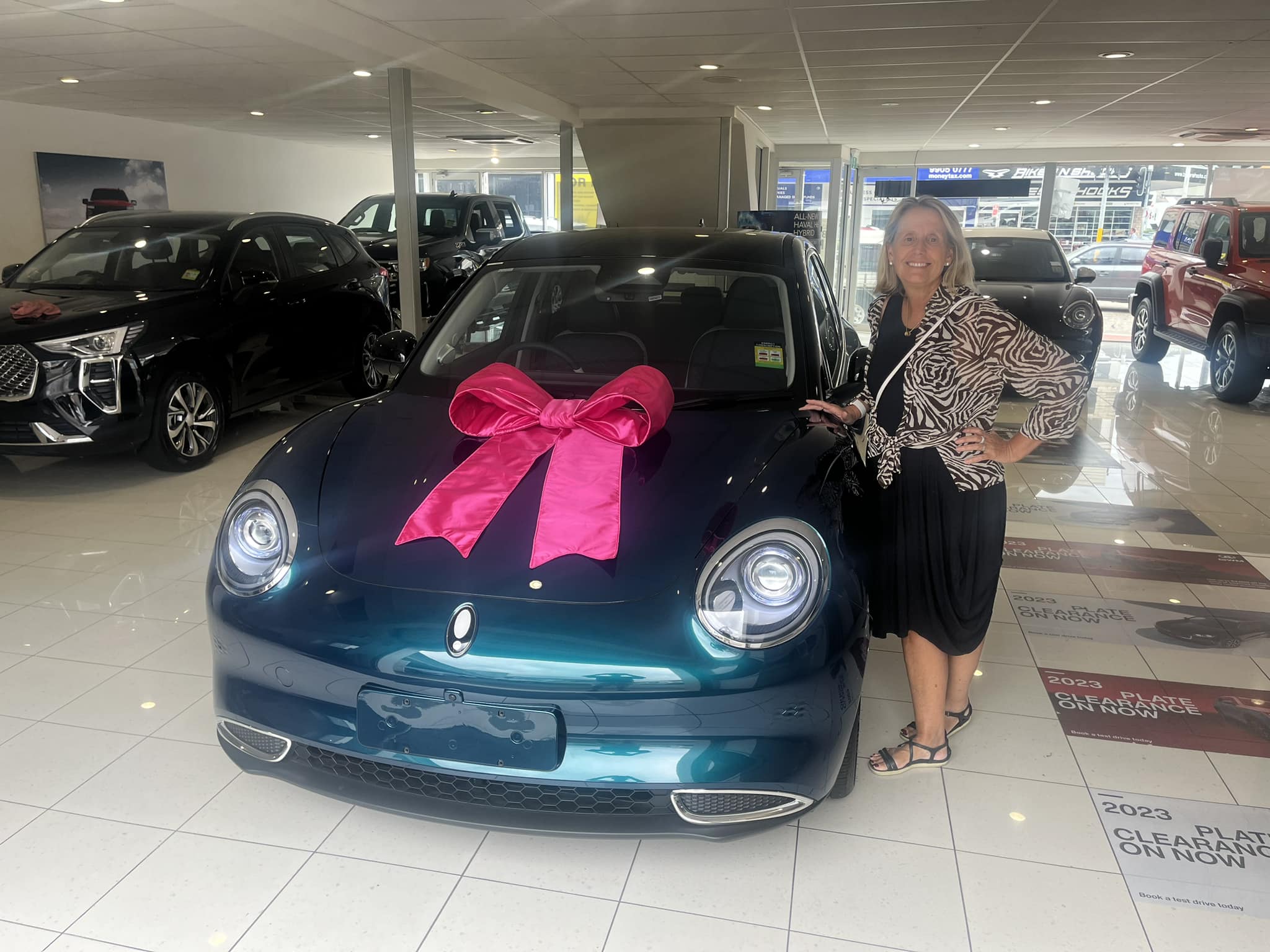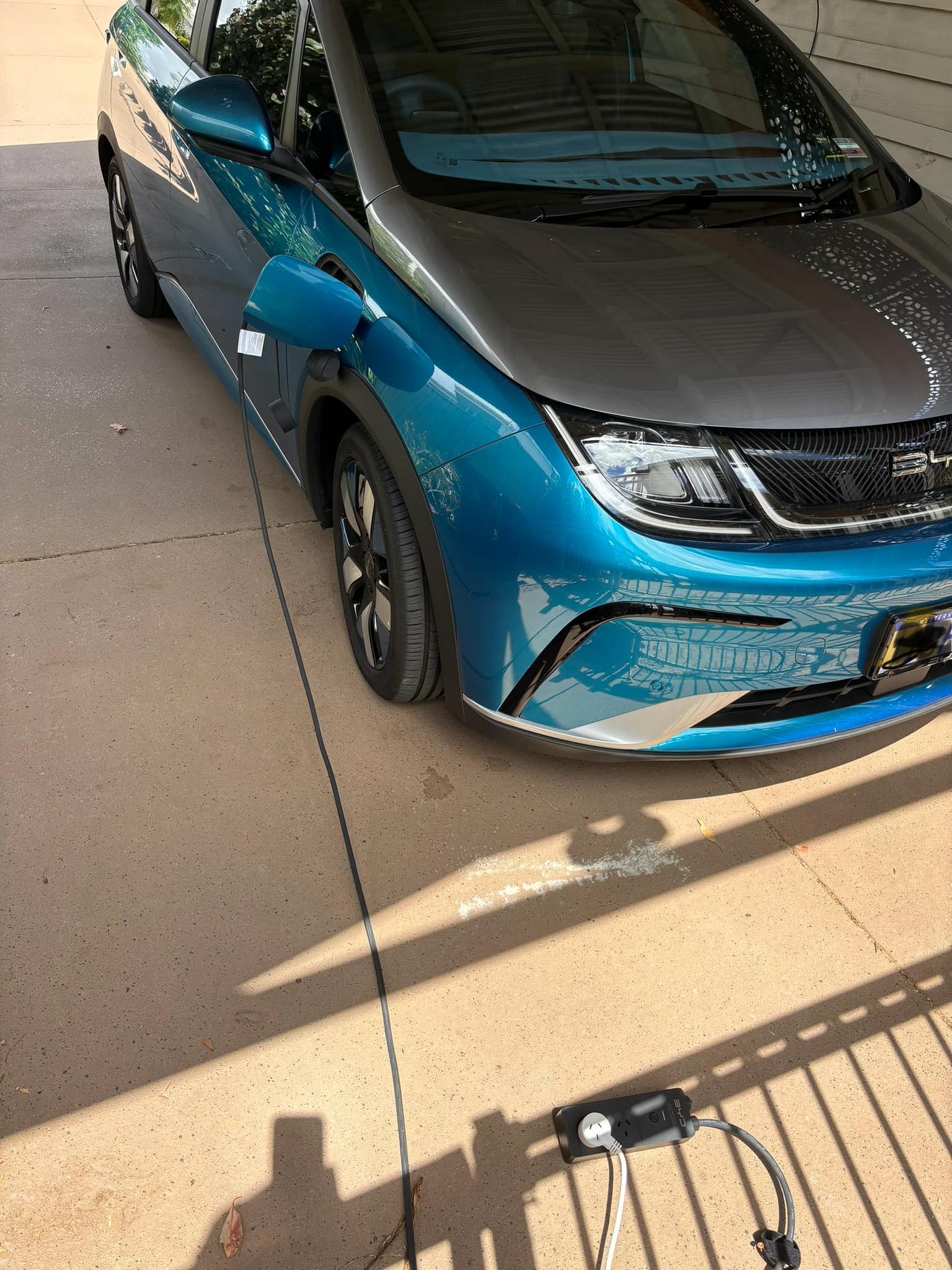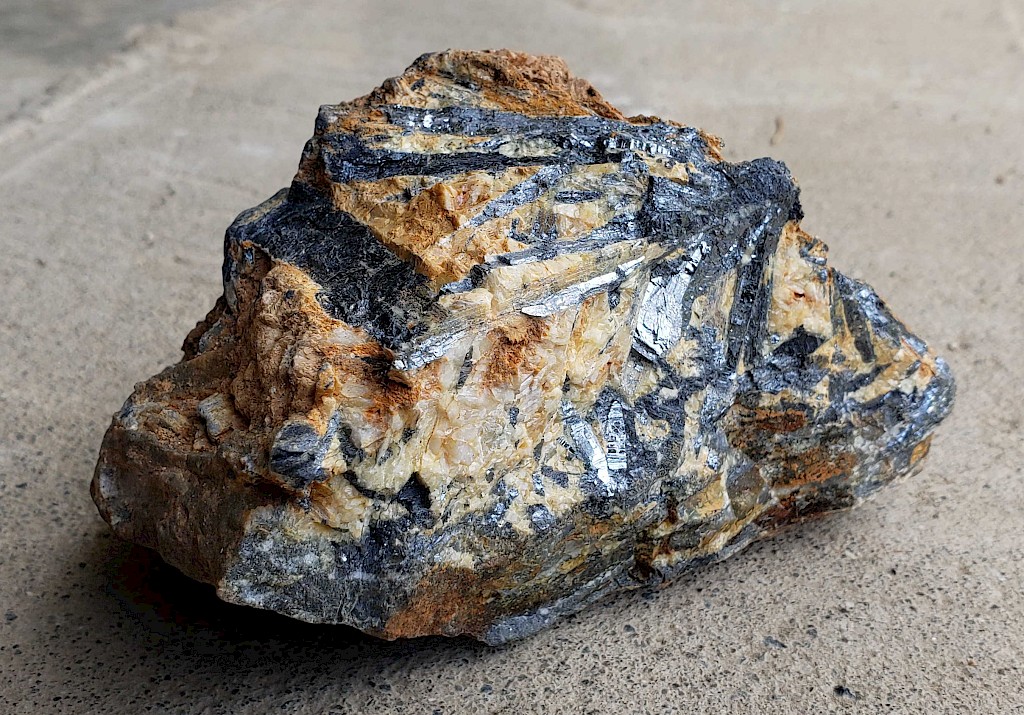Sign up for daily news updates from CleanTechnica on email. Or follow us on Google News!
It has been a very newsy month down under. The most important item has to be that Australian plug-in electric vehicle sales in February have once again exceeded 10% — the last time was September 2023 — with 9.6% BEV, 1% PHEV. There were 10,011 BEVs sold in February — more than double the January figure.
Out of the 105,023 vehicles sold in Australia in February 2024, 10,111 were battery electrics, 976 were plug-in hybrid SUVs, and 58 were PHEV passenger cars, for a penetration rate of 10.6% in the Australian plug-in market.
In the news: the Australian federal government appears ready to legislate for New Vehicle Fuel Efficiency Standards (NVFES). Australia and Russia are the only developed nations to not have them. This has led to a massive amount of disinformation coming from the Federal Camber of Automotive Industries (FCAI), which in turn has led to Tesla and Polestar leaving the association and manufacturers like Volkswagen considering doing so. Like the US, there is a division between those automakers who are prepared for the transition and those who are fighting it.
The FCAI is claiming that the NVFES will put up the price of the best-selling Aussie utes (Ford Ranger and Toyota Hilux) by AU$8000. Tesla is planning to take the FCAI to the competition watchdog — the Australian Competition and Consumer Commission — for providing misleading information about pricing. Of course, Australia’s conservative politicians are leaping on this as a ute tax (sound familiar?), not realising, of course, that the NVES will save ute drivers thousands a year on reduced diesel and petrol bills. (Petrol hit AU$2.50 a litre this week.)
Let’s get out of the political mud and look at those great stats for February Australian plug-in vehicle sales. First, a pinch of reality: January’s numbers were impacted by several issues (including an insect infestation and delays in delivering the Tesla Model 3 Highland), and EVs only achieved a market penetration of 5%. Some have suggested we should average January and February numbers and declare that there was really only about 8% penetration a month across the two months. That’s a wet blanket approach.

We knew it would be an exciting month as more and more posts appeared on Facebook celebrating the delivery of new electric cars. Not just Teslas, but BYD Dolphins and Seals, ORA Cats, and MG4s, to name a few — a whole menagerie! Advertising has picked up on social media also, with ads appearing for VW’s ID.4 and ID Buzz, which are due for launch later this year; Honda’s Prologue; Kia’s EV6; Renault’s Megane E-Tech; and Hyundai’s Ioniq 6, to name a few.
The VW ad in particular seemed to attract a lot of the usual FUD in the comments, with VW representatives commenting positively where they could and ignoring the negative. Looks like they have learned not to feed the trolls. Other ads did not seem to attract the same negativity — no idea why.
The Subaru Solterra is a big hit on the “Creek to Coast” TV show, where it is demonstrating that it is a true adventure vehicle. The Toyota BZ4X is also being advertised. My theory is that as advertisers pay the media, FUD will decrease. So far, that hasn’t happened — especially on social media, where FUD seems to have increased.
The top ten best selling BEVs in Australia in February 2024 were:
- Tesla Model 3 — 3593 (YTD 4316)
- Tesla Model Y — 2072 (YTD 2456)
- BYD Atto 3 — 711 (YTD 1167)
- BYD Seal — 619 (YTD 1208)
- MG4 — 446 (YTD 983)
- BYD Dolphin — 219 (YTD 475)
- Kia EV6 — 192 (YTD 391)
- Volvo XC40 Recharge — 143 (YTD 309)
- BMW i4 — 128
- Polestar 2 — 113 (YTD 264)
Tesla was the highest selling brand, with 5665 sales; BYD second with 1549; and MG rounded out the podium with 446. MG’s numbers will increase when the breakdown of the MG ZS EV numbers is released — so far, sales numbers include petrol, PHEV, and BEV numbers combined. The chart really isn’t changing much month to month. MG is due to launch another two models this year, and BYD another three. I would expect that Tesla will continue to dominate, with BYD likely to keep second and MG third place, unless a new player comes on the scene.
Despite Great Wall Motors dropping the price of its ORA, it still can’t compete with the MG4 and Dolphin. BYD is planning on launching the Seagull in Australia in the near future. It will be renamed as the Dolphin Mini and is expected to undercut many of the petrol vehicles in its class. Price parity has arrived.
Some interesting posts have appeared on social media in the past month. My favourite is this one from New Zealand, where a replacement petrol tank was dumped in front of chargers in a NZ national park — now that’s ICEing!

A few interesting comments that appeared under the EV ads:
Regarding the Polestar 2: “Can ya put a Roo bar on it and how far will it go towing a tandem axel trailer loaded? 150km lol.” For our non-Australian readers, a roo bar protects the front of the car from damage if you hit a kangaroo while driving outside metropolitan areas. Though, I had a cunning one put its head through the gap and take out the headlight on my Ford Falcon a few years back. So, good point.
Under the Kia EV9: “honestly as much as I would love a battery vehicle they are not as efficient as I want. I have a hybrid and 80 dollars gets me 1000ks so a 20 dollar saving isn’t really enough.” He has a point.
Power outages in both Perth and Melbourne provoked a range of posts from people powering essentials with their V2L capability — mainly Nissan Leafs and BYDs. There were also comments from many Tesla owners bemoaning the fact that their cars could not do this.

“All day power outage today in my suburb. Running household items (including internet) off my car — BYD Dolphin — mainly using power for internet.”
A response: “We did that a couple of weeks ago with the Melbourne storm power outage. I used the higher capacity outdoor extension lead. No concerns about weather as it was just out a window in to our carport and the V2L. Ran the fridge, lights, radio, device charging. No internet as the outage was so extensive that Telstra NBN and even mobile internet connections were down. Just goes to show how truly critical good power services are, for a lot more than mere EV charging.”

Some commented that they get a day without power every few weeks and find the V2L indispensable.
Over 105,000 light vehicles were sold in Australia in February 2024 — a record for February. Of those, 11,145 came with a plug, while another 3,876 were mild hybrids (HEVs). The three top selling models were the Ford Ranger, the Toyota Hilux, and the Tesla Model 3 in third.
Hopefully this year will be the year of the electric ute and EVs can move into yet another segment of the Australian plug-in market.
Have a tip for CleanTechnica? Want to advertise? Want to suggest a guest for our CleanTech Talk podcast? Contact us here.
Latest CleanTechnica TV Video
CleanTechnica uses affiliate links. See our policy here.




